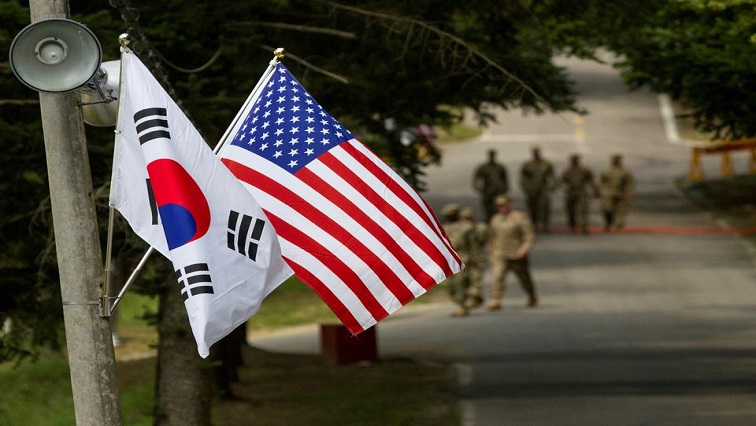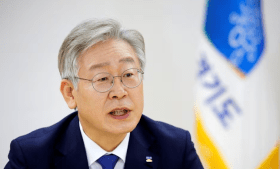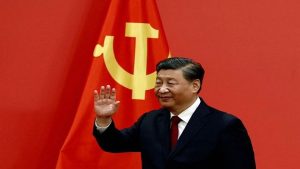South Korea and the United States will hold table top exercises next month involving the American extended deterrence effort as the allies move to better counter the North’s nuclear threats, South Korea’s defense minister said on Wednesday.
Nuclear-armed North Korea launched an unprecedented number of missiles last year, including intercontinental ballistic missiles (ICBMs) capable of reaching the U.S. mainland. U.S. and South Korean officials have also warned the North could be preparing for its first test of a nuclear device since 2017.
Officials in both capitals said they were in talks to improve joint nuclear planning and implementation, boost information sharing and launch table top exercises, but the timing had not yet been finalised.
“We’re planning to hold table top exercises in February between defense officials on operating means of extended deterrence under the scenario of North Korea’s nuclear attacks, “South Korean defense minister Lee Jong-sup told a news conference.
In May, the two countries’ militarises will stage separate table top exercises for the first time, which will be “far more concrete and substantive” than the February programmes for policymakers, Lee said.
Lee’s remarks came shortly after the defense and foreign ministries held a New Year policy briefing for President YoonSuk-yeol, focusing on ways to ramp up South Korea’s capability to fend off the North’s evolving nuclear and missile threats.
Since taking office in May, Yoon has been pushing to bolster confidence in American extended deterrence its military capability, especially nuclear forces, to deter attacks on its allies as Pyongyang strives to secure its capacity to strike anywhere in the United States.
Lee says that unlike in the past, Washington is willing to “drastically expand” the scope of sensitive information to be shared, and to “reflect much more” of Seoul’s views in planning and implementation.
He says, “There is a shared need for it between the two sides, given that North Korea’s nuclear threat has become serious not only to South Korea but also to the United States.”






